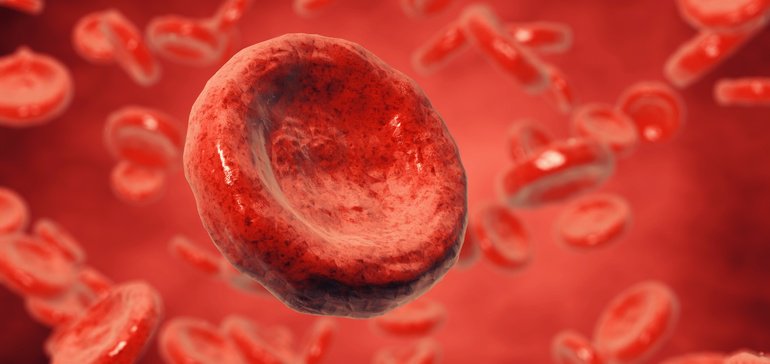While BioMarin and Spark remain out in front, Sangamo’s data appear strong enough to warrant consideration of the biotech’s therapy in the discussion of potential hemophilia A gene therapies.
That said, Sangamo’s results only hold so much weight, given the data are from eight patients and follow-up — a key question for therapies meant to permanently correct the inherited disease — stretches out to just three months for the patient observed the longest in the high-dose group.
In the Phase 1/2 open-label study, Sangamo enrolled patients across four dose levels, up to 3×10^13 vector genomes per kilogram. Its gene therapy uses an AAV6 viral vector to deliver the functional Factor VIII gene via a single infusion designed to promote long-term production of the needed clotting factor in the livers of hemophilia A patients.
Results, the biotech said, showed a dose-dependent increase in Factor VIII activity levels following treatment, with the two patients given the highest dose reaching thresholds considered normal by the World Federation of Hemophilia.
Those two study participants, who before treatment were receiving between two and four Factor VIII replacement infusions per week, had no injections of clotting factor in the weeks following SB-525 infusion. In a note to clients, Evercore ISI analyst Umer Raffat wrote that the speed with which SB-525 patients achieved normal clotting factor levels at as little as five weeks was “materially faster” than competitors.
One of the two participants, however, experienced an elevation in liver enzymes above one-and-a-half times the upper limit of normal, an adverse event which required a tapering course of oral steroids. In a positive for Sangamo, the steroid regimen was not associated with any reduction in Factor VIII activity.
Two patients in a mid-dose cohort also experienced transient liver enzyme elevations, but did not require a tapering course of steroids beyond seven days.
Steroid use has become an area of focus for those tracking the progress of hemophilia gene therapies.
Last year, Spark disclosed data from its hemophilia A program showing its drug, called SPK-8011, nearly eliminated bleeds and Factor VIII replacement infusions across 12 treated patients. Five of the seven given the highest dose of SPK-8011 saw their Factor VIII activity reach near-normal levels.
Yet two patients in that group experienced an immune response that caused Factor VIII activity levels to drop and, across all 12 patients, seven received tapering oral steroids to address liver enzyme elevations.
Spark subsequently decided to institute prohpylactic steroid use in hopes of suppressing any immune response.
In BioMarin’s study of its therapy valoctogene roxaparvovec, eleven patients experienced transient enzyme elevations treated with corticosteroids.
Moving forward, Sangamo plans to enroll as many as five more patients into its study, testing the 3×10^13 vg/kg dose.
On a conference call with analysts Tuesday, Sangamo CEO Sandy Macrae declined to specify what would trigger advancement of SB-525 into a registrational, Phase 3 study, although he indicated that Sangamo would want to see as much data as possible in order to better design a late-stage trial.
Pfizer, which has partnered with Sangamo on SB-525, will also have a say in how development of SB-525 progresses.
BioMarin, meanwhile, has already advanced valoctogene roxaparvovec into two Phase 3 studies, while Spark is recruiting for a lead-in Phase 3 study of SPK-8011.
Pfizer is also working with Spark in hemophilia, but on the company’s more advanced gene therapy for hemophilia B.








